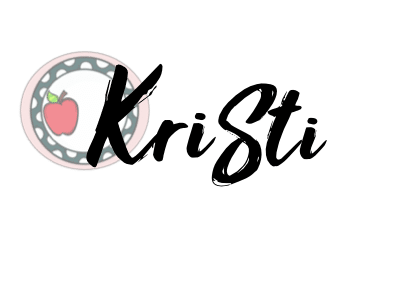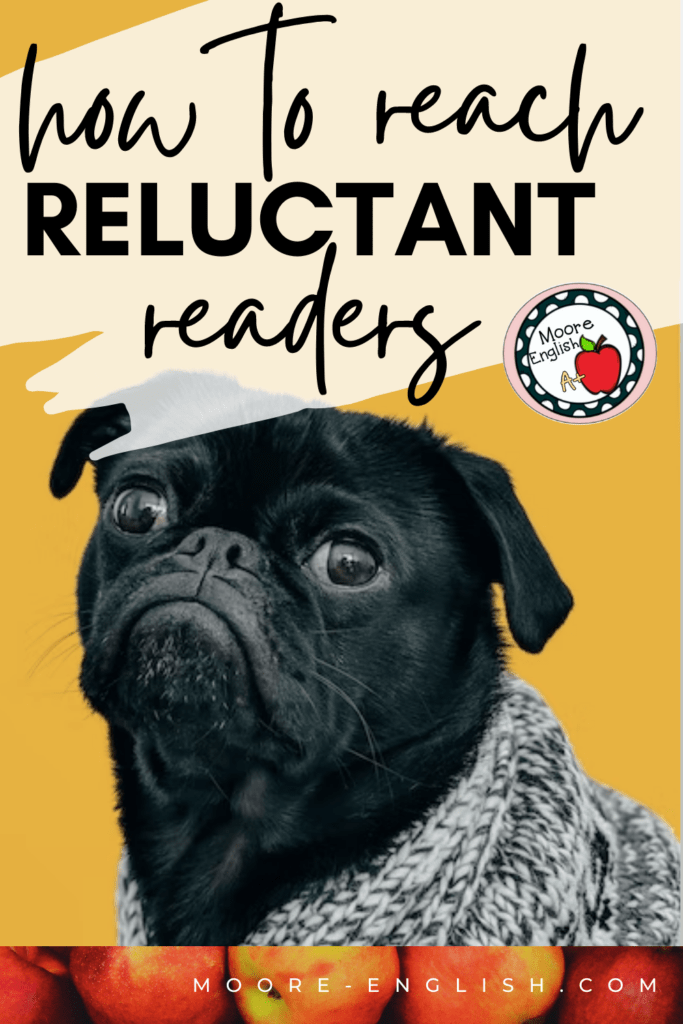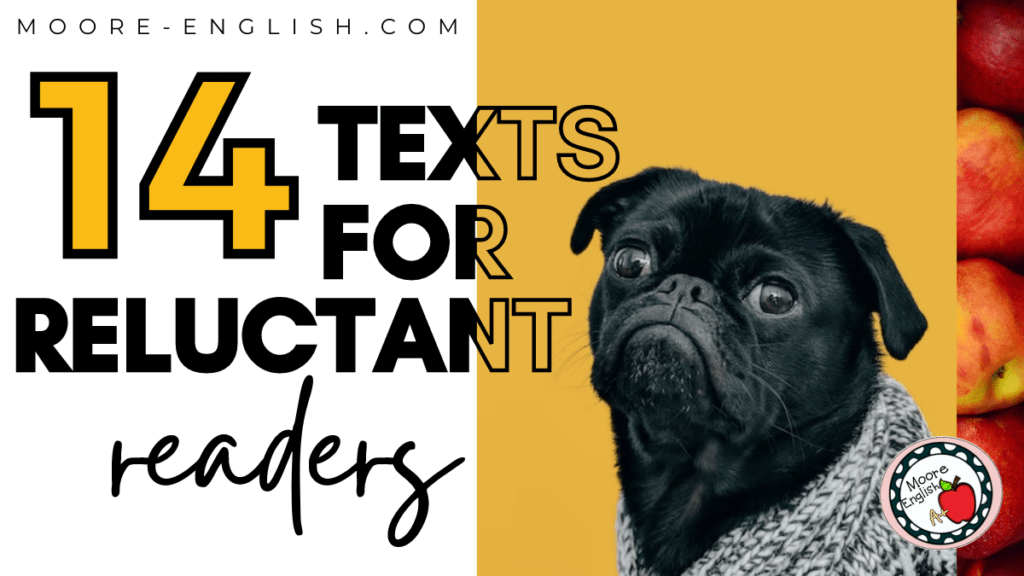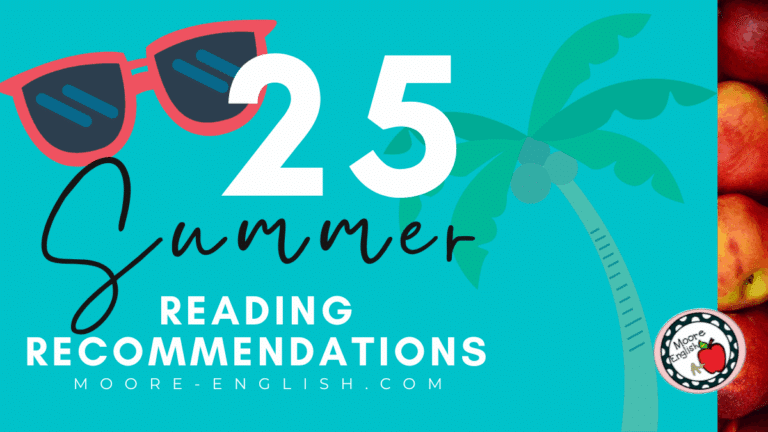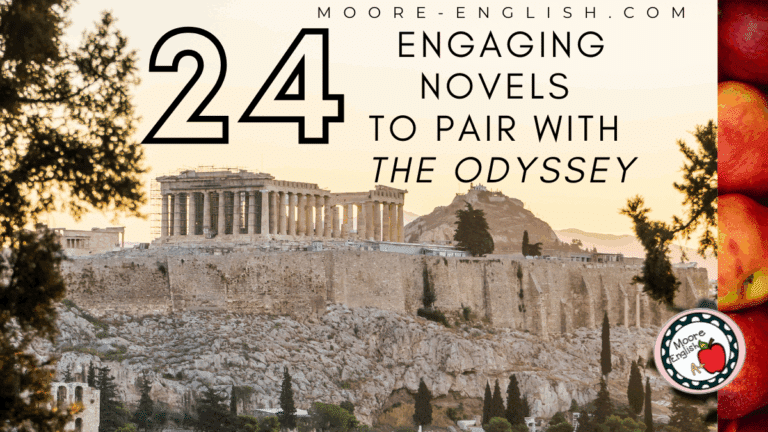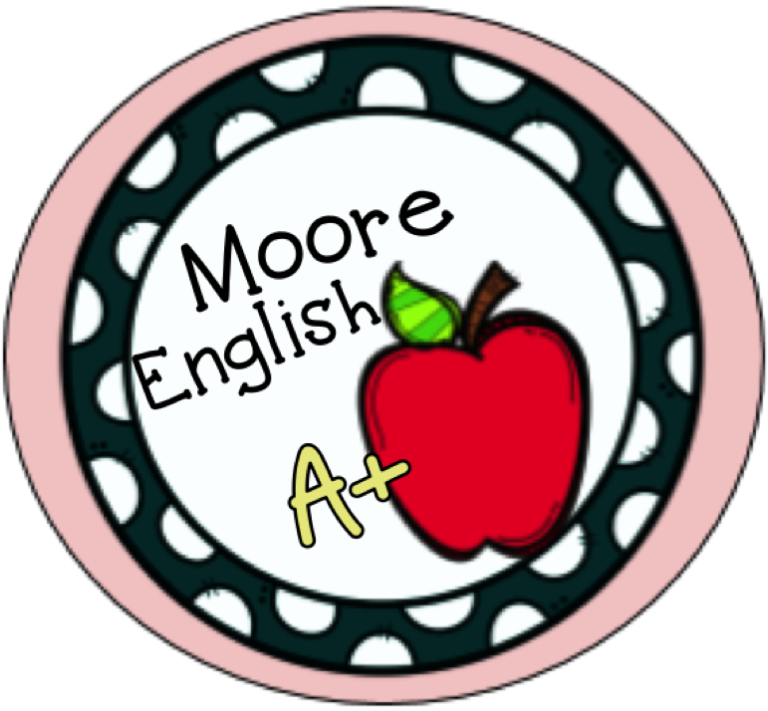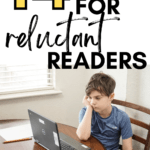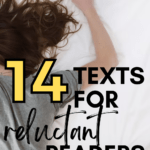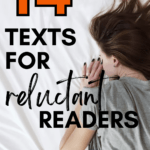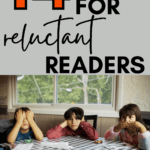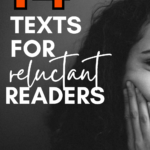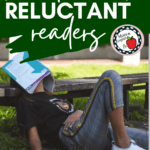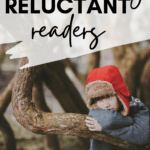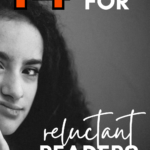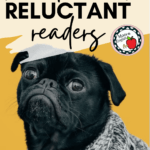Engaging reluctant readers in the study of literature can be a challenge to say the least. Strategies that worked for one student may not work for another. A lesson or intervention that worked last year may flop this year. More than anything, reaching reluctant readers is a matter of building relationships. A student’s interests and strengths can be key drivers in developing a relationship. Plus, these details can be used to guide students toward texts they may enjoy.
Over the years, I’ve put together a series of high-interest texts that have worked to engage reluctant readers. Not every text has worked for every student. These are also text selections that I wouldn’t necessarily choose for independent reading. However, these are titles that work with literary analysis stations, silent discussions, and Socratic Seminars.
Poetry for Reluctant Readers
Poetry is a staple in literature and language arts classrooms. However, convincing some students that poetry is for everyone can be a significant challenge. While there are many creative opportunities for teaching poetry and several ways to not kill a love of poetry, it is also important to choose texts carefully.
First, concrete poems are a favorite option for students. Even reluctant readers are intrigued by poetry that takes on interesting and clever shapes. One of my favorite concrete poems is “Social Distancing” by Juan Felipe Herrera.
Second, Modernist poems often have shocking moments that can engage even the most reluctant readers. While there are countless poetry options, these titles have a “shock value” that engages students. These are also poems with straightforward “plots,” so students can engage in thematic discussions quickly.
- “The Unknown Citizen” by W. H. Auden
- “Richard Cory” by Edwin Arlington Robinson
- “The Death of the Ball Turret Gunner” by Randall Jarrell
Paired Texts to Engage Students
Another way to engage reluctant readers in poetry study is through the careful selection of text pairings. Teachers can match poems with informational texts and fiction. When students read a series of texts with similar topics or subjects, they have a chance to practice synthesis-level thinking. Communicating to students that they each have the ability to think deeply about complex topics is another way to engage reluctant readers.
First, my students love basketball. Especially during March Madness, choosing texts about basketball can be a great way to engage students in literature. Here are some of my favorite texts about basketball:
- “Privileged” by Kyle Korver
- “Home Court” by Jose Olivarez
- “Slam, Dunk, & Hook” by Yusef Komunyakaa
Courage is another common theme that has been successful for my students. Since courage is a characteristic that touches on many parts of life, students can make diverse connections and read across mediums. This series of texts about courage has often been a favorite for my reluctant readers:
- “Courage” by Anne Sexton
- “Invictus” by William Ernest Henley
- “To Live is an Act of Courage” by Jennifer Michael Hecht
Short Stories for Reluctant Readers
Short stories are another important classroom staple. Choosing short stories for the classroom can be tricky. Teachers have to balance standards against classroom limitations (access, time, etc.) and the needed level of rigor. This is all before teachers consider short stories that will engage reluctant readers.
One strategy that has worked for me is to lightly modify and abridge high-interest texts. Sometimes removing authorial tangents and obscure allusions can clarify a text and make it accessible to students who would otherwise write it off. Abridging and modifying these three texts has made a huge difference for my students:
- “Berenice” by Edgar Allan Poe
- “To Build a Fire” by Jack London
- “Winter Dreams” by F. Scott Fitzgerald
Longer Works
No language arts classroom is complete without longer works. And sometimes there’s not an opportunity to provide students with absolute voice and choice. When this happens, teachers can still make text selections that will engage reluctant readers.
If you’re looking for a longer, classic work, Beowulf and Macbeth are two priceless options. The action, magic, and tension in these texts makes them a great way to engage all students.
Similarly, teachers can also provide students access to robust classroom libraries. Even when students cannot choose every text they read in class, they can still access texts that they find engaging and meaningful. Check out these suggestions:
- The Best Books of 2022
- 22 Books to Read in 2022
- 24 Student-Recommended Books for Your Classroom Library
- 15 LGBTQIA+ Books to Make Your Classroom Library More Inclusive
